43 carbohydrates on nutrition labels
What is total carbohydrates on a nutrition label? On the label, total carbohydrate contains all three forms of carbohydrate: sugar, starch, and fiber. When calculating carbohydrates or deciding which items to include, it's critical to utilize total grams. The types of carbohydrates in the meal are listed below the Total Carbohydrate (carbs). Sugar is simple carbohydrate. How To Figure Out The Carbs On Nutrition Labels If more than one type of sugar alcohol is listed, there must be a line for sugar alcohol grams on the nutrition label. Other Carbohydrates shows the number of digestible complex carbohydrates not considered a sugar (natural or added) and includes additives like stabilizers and starchy thickening agents. They don't make it easy, do they? Save
Food Labels | CDC - Centers for Disease Control and Prevention If you eat the whole thing, you are eating 8 times the amount of calories, carbs, fat, etc., shown on the label. Total Carbohydrate shows you types of carbs in the food, including sugar and fiber. Choose foods with more fiber, vitamins, and minerals. Choose foods with lower calories, saturated fat, sodium, and added sugars. Avoid trans fat.

Carbohydrates on nutrition labels
Carbohydrates: How carbs fit into a healthy diet - Mayo Clinic Carbohydrates are a type of macronutrient found in many foods and beverages. Most carbs occur naturally in plant-based foods, such as grains. Food manufacturers also add carbs to processed foods in the form of starch or added sugar. Common sources of naturally occurring carbohydrates include: Fruits. Vegetables. How to Use the Nutrition Facts Label — Diet Doctor This chocolate has 14 grams of carbohydrates per serving. 3. Calculate net carbs per serving Third, check the grams of dietary fiber per serving (circled in green, above). Subtract the fiber (green) from the total carbohydrates (blue) to get the net carbs. This chocolate has 9 grams of net carbs per serving (14g carbs - 5g fiber = 9g net carbs). What's the Difference between Carbohydrates & Sugar on Food Labels ... Carbohydrates - 3g. Of which sugars - 2.8g. For this example, you'd count 3g carbohydrates and the sugar amount of that total is 2.8g. Sugar is found in many forms such as sweets, fizzy drinks and desserts. However sugar is also found in other foods like sauces, condiments, bread and other savoury foods. Always check labels on foods that ...
Carbohydrates on nutrition labels. Reading food labels: Tips if you have diabetes - Mayo Clinic Less than 5 grams of carbohydrates a serving Do the math Pay attention to serving sizes. The serving sizes listed on food labels may be different from the serving sizes in your meal plan. If you eat twice the serving size listed on the label, you also double the calories, fat, carbohydrates, protein, sodium and other ingredients. Carb vs. Sugar: How to understand nutrition labels - The LOOP Blog Understanding nutrition labels . Carbohydrates are actually comprised of three nutrients: carbohydrates, fiber, and sugar. You may, and will see, foods that are very low in "sugar" but high in carbohydrate. Example 1. Let's look at a popular unflavored old fashioned oats label. Here we see that the total sugar is 1 gram. Reading labels | Diabetes UK Always look at the 'total carbohydrate' on the label when carb counting. This will make sure you are counting both the complex (starchy) and simple (sugary) carbs in your food. Both will raise your blood glucose (blood sugar) levels, and need to be matched with insulin. How to Understand and Use the Nutrition Facts Label | FDA Dietary fiber, vitamin D, calcium, iron ad potassium are nutrients on the label that Americans generally do not get the recommended amount of. They are identified as nutrients to get more of....
Carb Counting #2: Nutrition Labels - tandemdiabetes.com Total Carbohydrate reflects all sugars, including sugar, starch, fiber, and sugar alcohol. The "Sugar" listed under Total Carbohydrate is very misleading; all carbohydrate (sugar and starch) is included as part of "Total Carbohydrate." Be careful, it's easy to confuse the weight in grams of the food item with grams of Total Carbohydrate. What Are the Definitions of Total Carbohydrates & Other ... When reading a nutrition label, the line "total carbohydrates" includes all types of carbohydrate found in the food or beverage. Total carbohydrates consist of multiple nutrients, including dietary fiber, sugars and starches. Each of these types of carbohydrate is critical to sufficient energy intake and overall health, although excessive ... Carbohydrates, Proteins, and Fats - Disorders of Nutrition ... Glycogen is stored in the liver and the muscles. Muscles use glycogen for energy during periods of intense exercise. The amount of carbohydrates stored as glycogen can provide almost a day’s worth of calories. A few other body tissues store carbohydrates as complex carbohydrates that cannot be used to provide energy. Nutrition label carbohydrates don't add up - cruisewhat Nutrition labels on packaged food items often contain a number of carbohydrates. But how much of each type of carbohydrate should you be eating? There are six types of carbohydrate on nutrition labels: dietary fiber, sugar, starches, sugars, maltose and glucose. All of these carbohydrates provide different nutritional benefits and can affect your blood sugar […]
Carbohydrates, Proteins, and Fats - Disorders of Nutrition ... Glycogen is stored in the liver and the muscles. Muscles use glycogen for energy during periods of intense exercise. The amount of carbohydrates stored as glycogen can provide almost a day’s worth of calories. A few other body tissues store carbohydrates as complex carbohydrates that cannot be used to provide energy. What does total carbohydrates on food labels include? Total carbohydrate on the label includes all types of carbohydrate - sugar, complex carbohydrate and fiber. Because all types of carbohydrate can affect blood glucose, it's important to use the total grams when counting carbs or choosing foods to include, rather than just the grams of sugar. What foods might you find carbohydrates in? 10 ... How to Calculate How Many Carbohydrates Per Serving on a Nutrition Label To the right, the label also tells you what percentage of a typical 2,000-calorie diet's recommended intake this satisfies. Multiply the number of grams of carbohydrates per serving by the number of servings you take. For example, if 1 cup of the food provides 30 grams, and you serve yourself 1 1/2 cups, you eat 45 g of carbohydrates. Changes to the Nutrition Facts Label | FDA - U.S. Food and ... Mar 07, 2022 · Manufacturers with $10 million or more in annual sales were required to update their labels by January 1, 2020; manufacturers with less than $10 million in annual food sales were required to ...
Low Carb Guide to Understanding Nutrition Labels - Virta Health Sugar should be zero as often as possible (1-2g at most). Fiber is a carb and should be included in your total for the day (initially 30g or less). Again, pay attention to the serving size. Something might be low in carbs, but if you eat 3 or 4 servings, you can easily go over your daily limit. 7.
Our Food & Nutrition Philosophy | EatingWell Oct 12, 2022 · The current Daily Value for carbohydrate is 275 g, based on a 2,000-calorie diet. This recommendation is in line with the generally accepted principle for reading Nutrition Facts labels that any food containing 5% or less of the Daily Value for most nutrients is considered to be low in that nutrient. (5% of 275 g is 14 g.)
How are Carbohydrates & Dietary Fiber Labelled on Foods? The fibers listed below are the most common sources being added to food and can be declared on the Nutrition Facts label as dietary fiber. FDA approved isolated and synthetic non-digestible carbohydrates Gum Acacia Alginate Apple Fiber Bamboo Fiber Carboxymethylcellulose Corn Hull Fiber Cottonseed Fiber Galactooligosaccharides
Carbohydrates | American Heart Association Apr 16, 2018 · Carbohydrates are either called simple or complex, depending on the food’s chemical structure and how quickly the sugar is digested and absorbed. The type of carbohydrates that you eat makes a difference – Foods that contain high amounts of simple sugars, especially fructose raise triglyceride levels.
Calories on the New Nutrition Facts Label | FDA One package of food may contain more than one serving, so, if you eat two servings you would be getting two times the calories shown on the label. For example, if you ate one serving of the...
Understanding Food Labels | The Nutrition Source | Harvard T.H. Chan ... Under the Food Allergen Labeling and Consumer Protection Act of 2004, eight major food allergens—milk, fish, tree nuts, peanuts, shellfish, wheat, eggs, and soybeans—are required to be listed in a "contains" statement near the Ingredients list if present in a food. An example would be "contains wheat, milk, and soy."
Food Labels and Counting Carbs - dummies Total Carbohydrate is listed in grams. Because %Daily Value is written in bold and off to the right side of the label, and lined up neatly with the actual amount, it is easy to allow your eye to zero in on the %Daily Value rather than the actual amount in grams.
PDF Read the Food Label for Carbohydrates - National Institutes of Health Read the Food Label for Carbohydrates Food labels help you choose foods that are lower in calories and in carbohydrates and sweeteners. Here is a food label for a 12-ounce regular soda. The label provides lots of useful information. 1. Serving Size and Number of Servings The serving size is 12 ounces. There's 1 serving in this container. 2.
Added Sugar in the Diet | The Nutrition Source | Harvard T.H ... An important fact to keep in mind when reading nutrition labels: 4 grams of sugar = 1 teaspoon. The average American consumes 22 teaspoons of added sugar a day, which amounts to an extra 350 calories. While we sometimes add sugar to food ourselves, most added sugar comes from processed and prepared foods. Sugar-sweetened beverages and breakfast ...
LABEL READING: CARBOHYDRATES AND SUGARS - Renaissance Nutrition Center ... If there were sugar names in the ingredient list, then be very suspicious of what is on the label. The label may list as many as six items: Total Carbohydrate Dietary Fiber Soluble fiber Sugars Sugar alcohols Other Carbohydrates Some manufacturers voluntarily include the subcategories of sugar alcohol and "other carbohydrates." Others do not.
How Carbs Are Calculated in Different Countries 26 Jul 2021 — The U.S. label uses 4 calories per gram to calculate the total carbohydrate value (which includes the fiber). The EU label uses 4 calories per ...
Food Labels: Carbohydrates | Home & Garden Information Center According to nutrition experts, carbohydrates should provide 45-65% of your total daily calories. That means carbohydrates should supply 900 calories or more in a 2,000-calorie-a-day diet. Facts on Food Labels Food labels contain clues to a food's carbohydrate content, including the amount per serving.
Nutrition information panels - Food Standards Carbohydrates in the NIP includes starches and sugars. Foods with high amounts of starches are white, wholemeal and wholegrain varieties of breads, cereal, rice and pasta, root vegetables and legumes. Sugars Sugars are a type of carbohydrate and are part of the carbohydrates in the NIP as well as being listed separately.
Reading Food Labels | ADA - American Diabetes Association Put food labels to work The Nutrition Facts labels on foods are really the key to making the best choices. We'll cover the basics so that these labels make shopping easier for you. Get started Understanding Carbs You've heard it all. From carb-free to low-carb, to whole and empty carbs, it's hard to know what it all means. Learn more
Carb Counting Nutrition Guide | University Hospitals If you eat the whole container you will consume 92 grams of carbohydrates. The "total carbohydrate" number listed on the label includes all types of carbs - sugar, starch and fiber. Choose foods with less than 10% Daily Value for saturated fat and sodium. Choose foods with less than 6% Daily Value for Added Sugars
What Other Carbohydrates Mean “Other carbohydrate” is listed on some food label's Nutrition Facts panel underneath “total carbohydrate” and refers mainly to complex carbohydrates, ...
Carbohydrates and Blood Sugar | The Nutrition Source ... Dividing carbohydrates into simple and complex, however, does not account for the effect of carbohydrates on blood sugar and chronic diseases. To explain how different kinds of carbohydrate-rich foods directly affect blood sugar, the glycemic index was developed and is considered a better way of categorizing carbohydrates, especially starchy foods.
How To Read Nutrition Labels (Like a Pro) - Ditch The Carbs The front of the box states it is high in fibre, cholesterol-lowering and has a 4.5 star rating, but look at the nutrition label and it tells another story. Per ¾ cup serving (and most people serve 1-2 cups) + ½ cup milk = 37.9g carbs, 15.5g sugars. The only reason it has any vitamins is because it has been fortified.
Learning To Read Labels :: Diabetes Education Online The "Nutrition Facts Label" is found on the outside of the container. To count carbohydrates, look at three things: Serving Size Number of Servings Per Container Grams of Total Carbohydrate per serving The total carbohydrate tells how many grams of carbohydrate are in one serving. Be careful when reading the label.
Counting Carbohydrates :: Diabetes Education Online There are many resources you can use to count carbohydrates: Nutrition Facts food labels on packaged foods list the total grams of carbohydrate. The American Diabetes Association Exchange Lists for Meal Planning: Choose Your Foods lists grams of carbohydrate per exchange serving size. In this system, one carbohydrate exchange serving equals 15 ...
What Do Total Carbohydrate And Added Sugar On The Nutrition Label Mean ... If more than one type of sugar alcohol is listed, there must be a line for sugar alcohol grams on the nutrition label. Other Carbohydrates shows the number of digestible complex carbohydrates not considered a sugar (natural or added) and includes additives like stabilizers and starchy thickening agents. Now, isn't that crystal clear? Save
What's the Difference between Carbohydrates & Sugar on Food Labels ... Carbohydrates - 3g. Of which sugars - 2.8g. For this example, you'd count 3g carbohydrates and the sugar amount of that total is 2.8g. Sugar is found in many forms such as sweets, fizzy drinks and desserts. However sugar is also found in other foods like sauces, condiments, bread and other savoury foods. Always check labels on foods that ...
How to Use the Nutrition Facts Label — Diet Doctor This chocolate has 14 grams of carbohydrates per serving. 3. Calculate net carbs per serving Third, check the grams of dietary fiber per serving (circled in green, above). Subtract the fiber (green) from the total carbohydrates (blue) to get the net carbs. This chocolate has 9 grams of net carbs per serving (14g carbs - 5g fiber = 9g net carbs).
Carbohydrates: How carbs fit into a healthy diet - Mayo Clinic Carbohydrates are a type of macronutrient found in many foods and beverages. Most carbs occur naturally in plant-based foods, such as grains. Food manufacturers also add carbs to processed foods in the form of starch or added sugar. Common sources of naturally occurring carbohydrates include: Fruits. Vegetables.
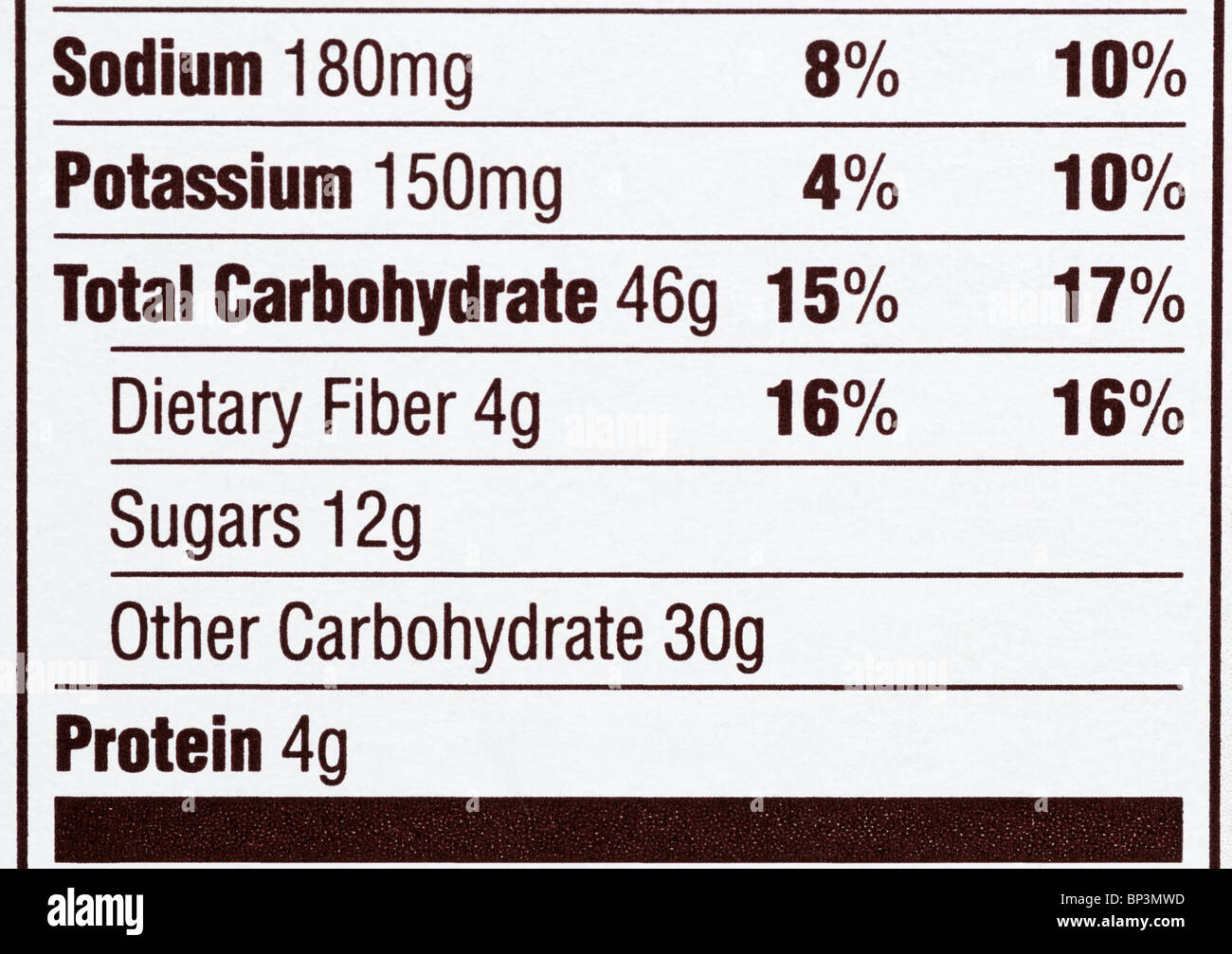

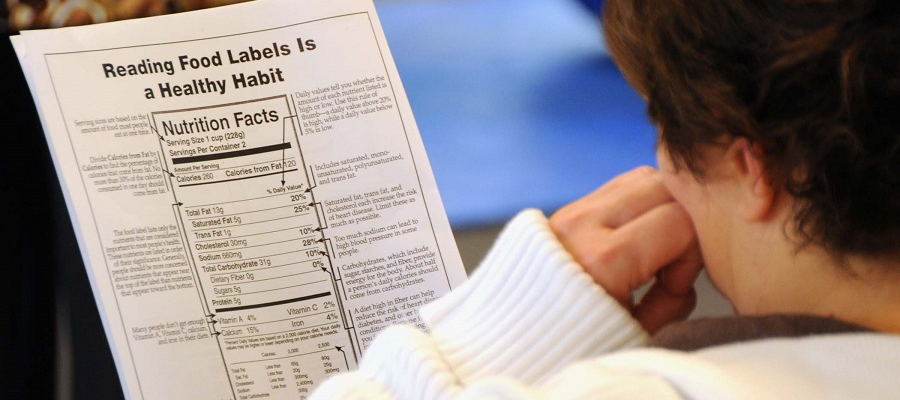
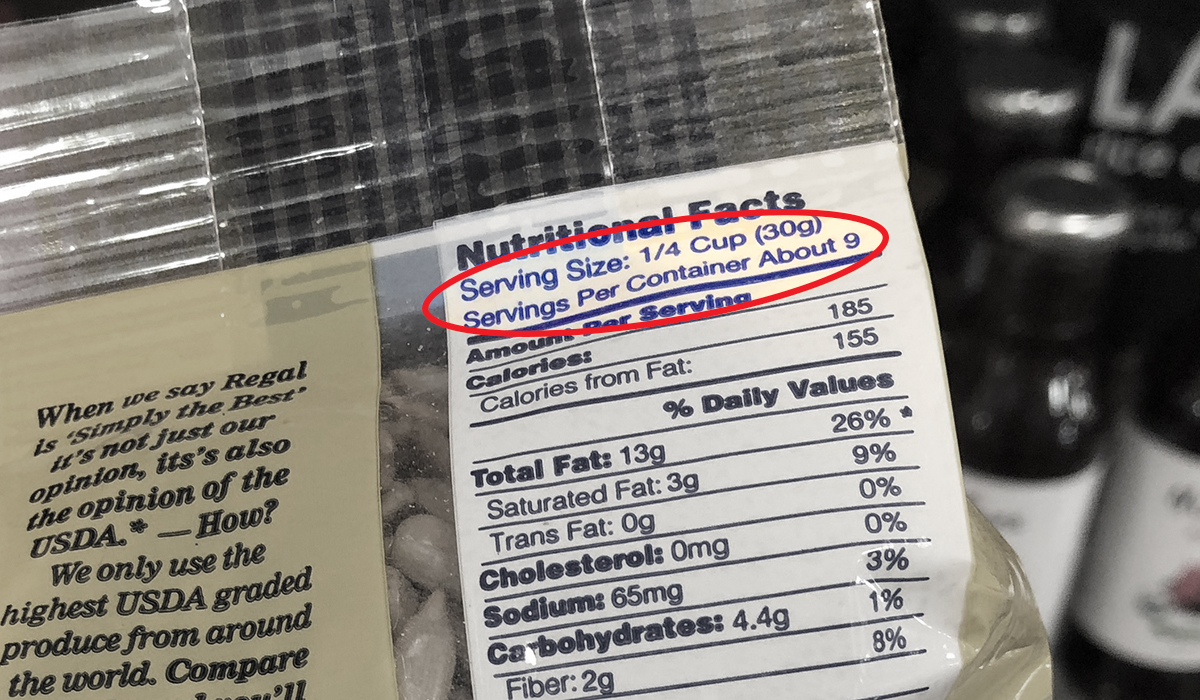

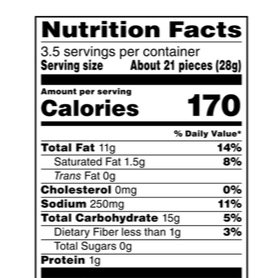




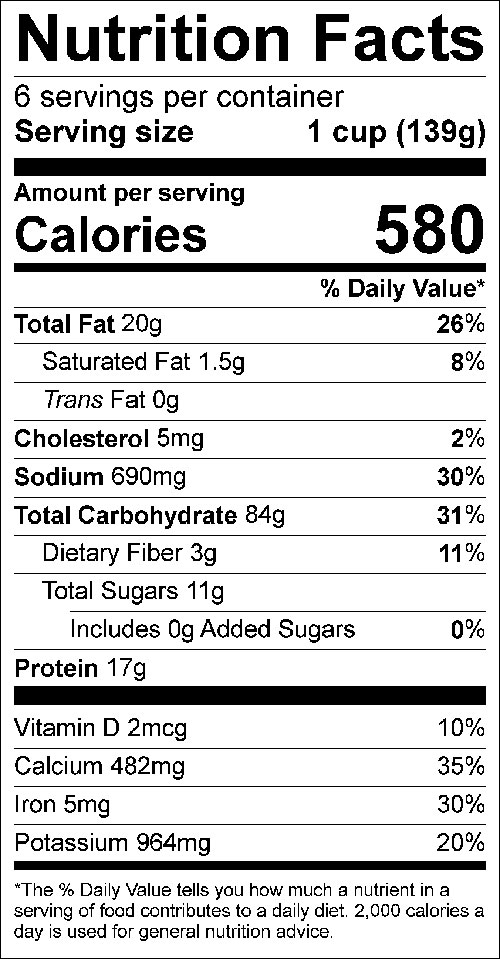
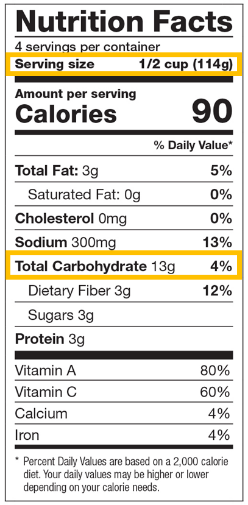

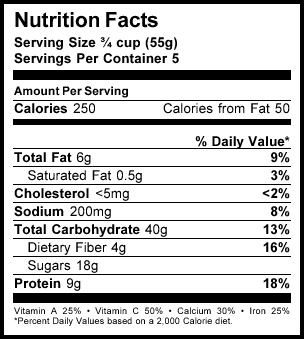
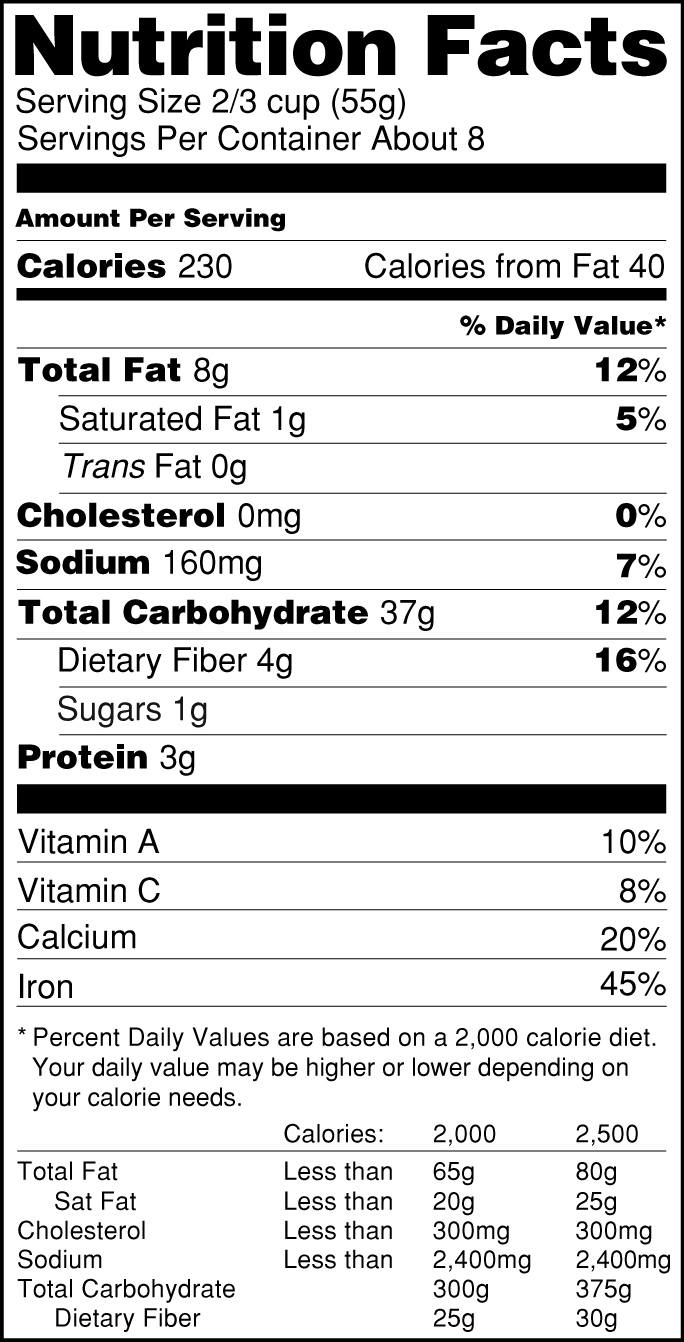
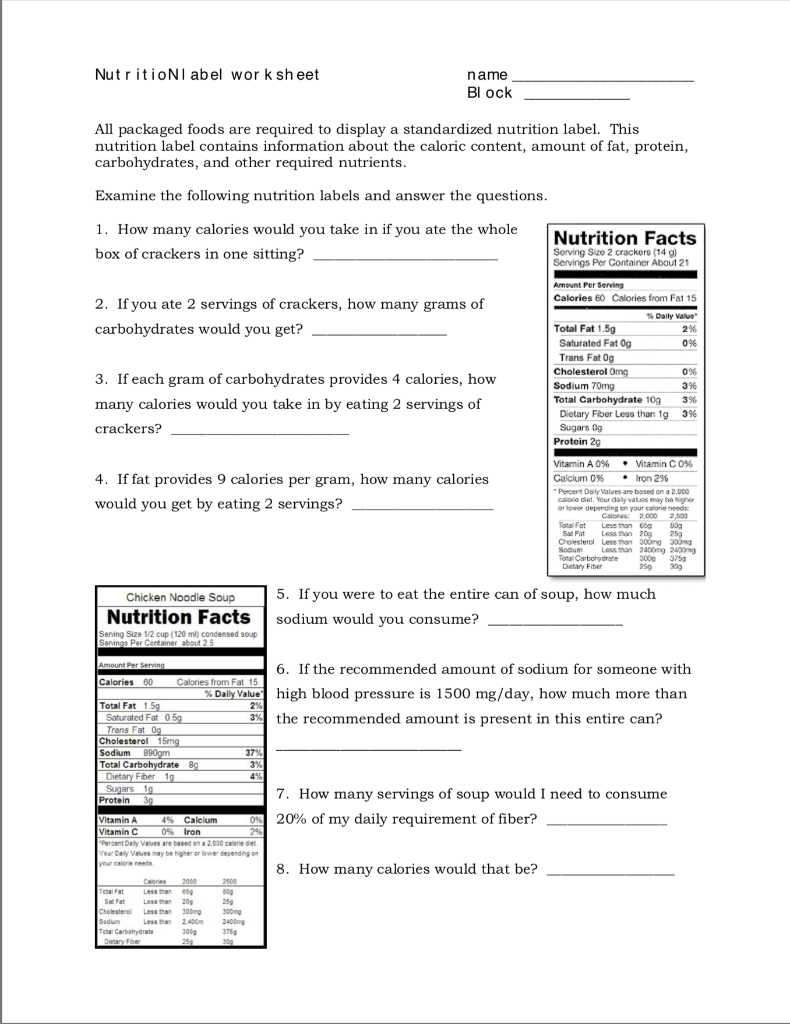


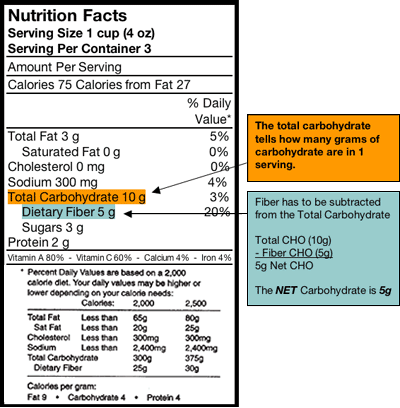

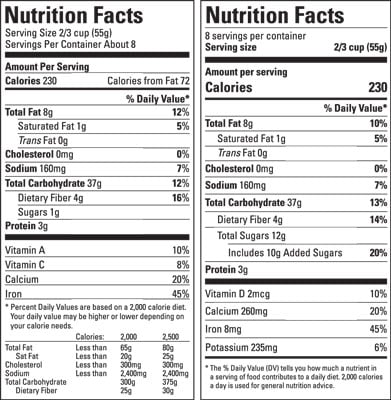
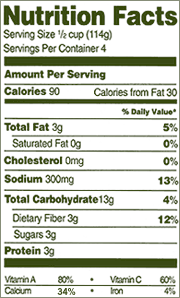
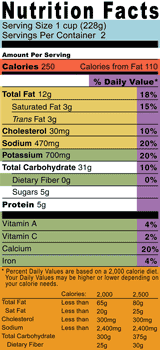
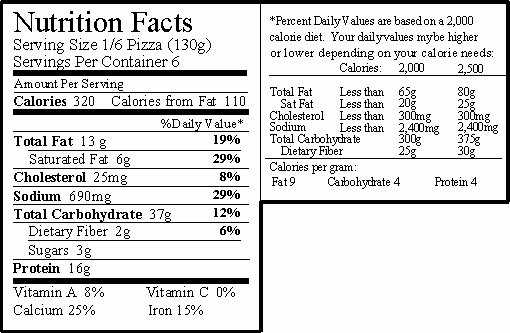
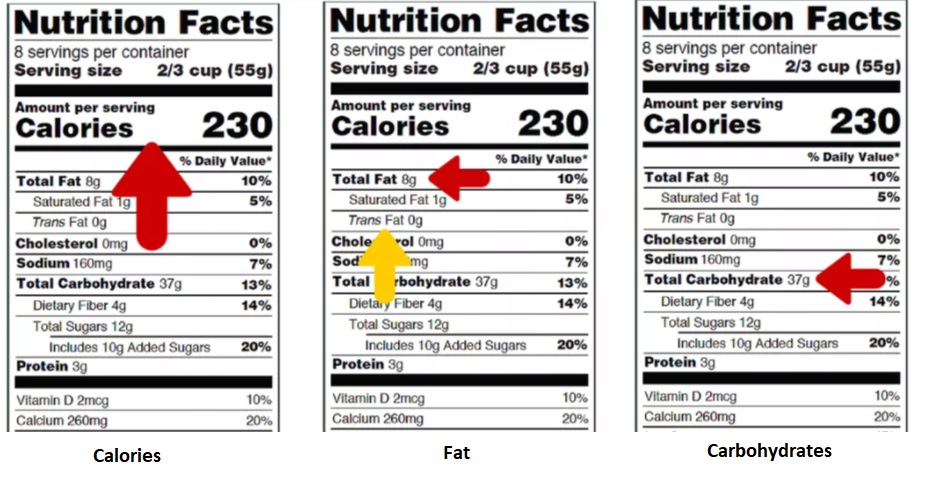
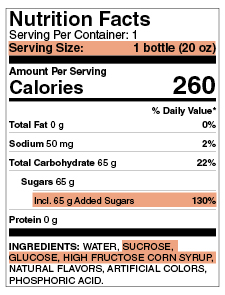
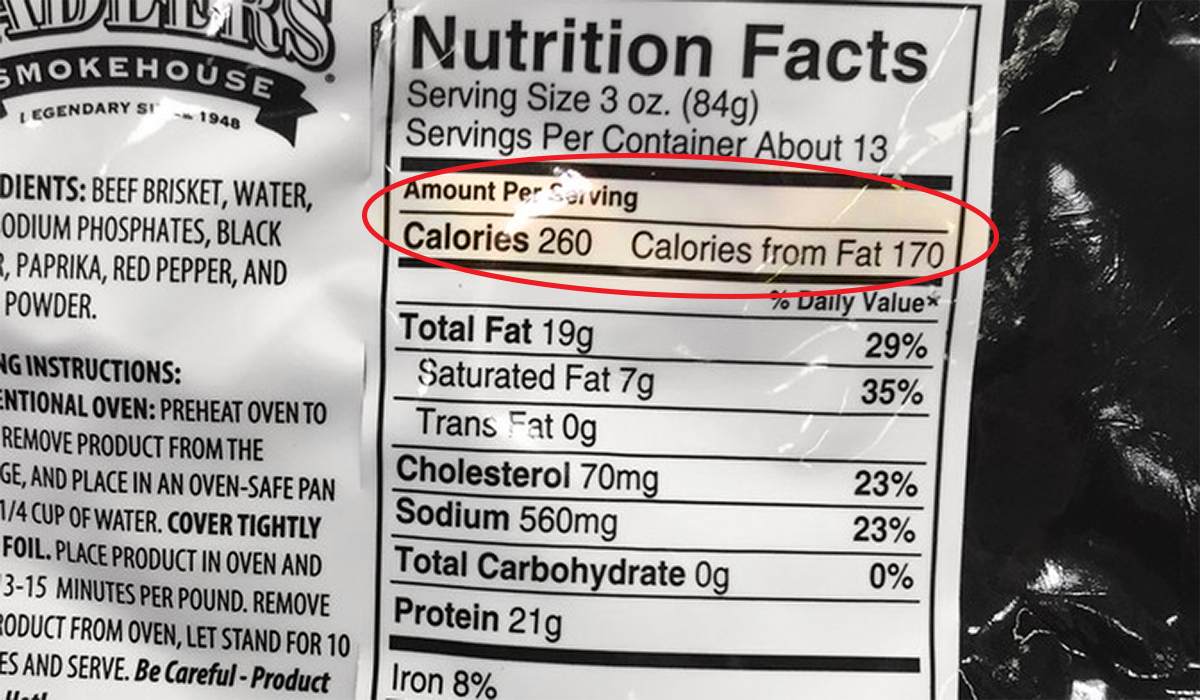
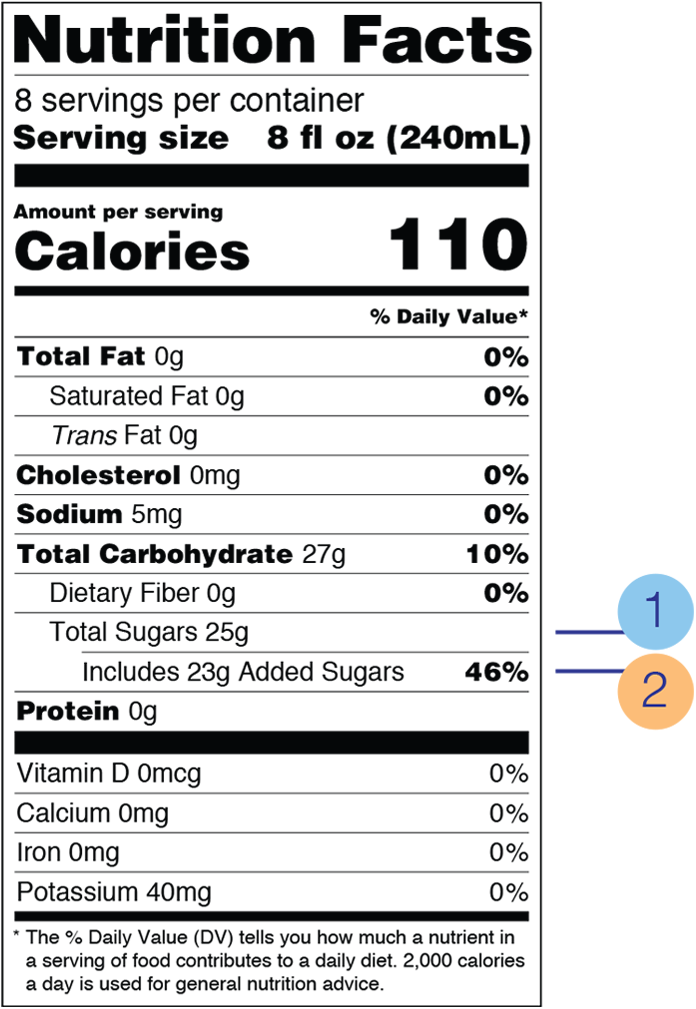
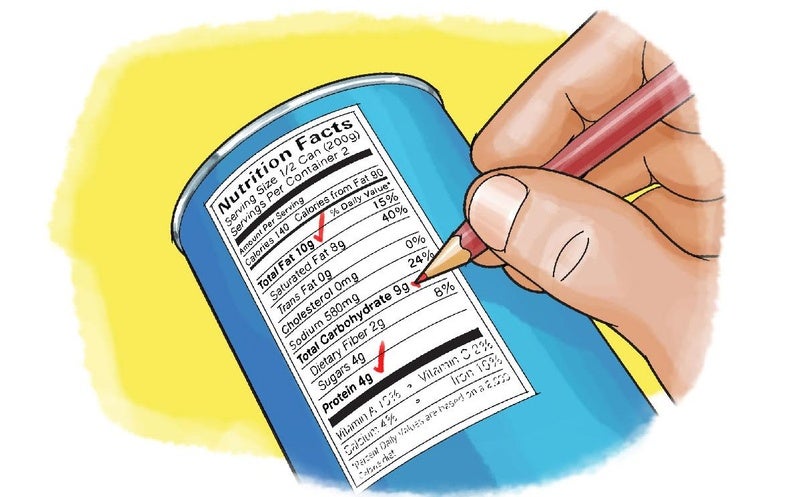
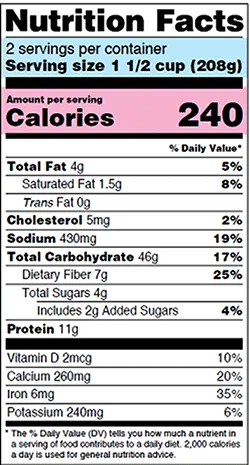


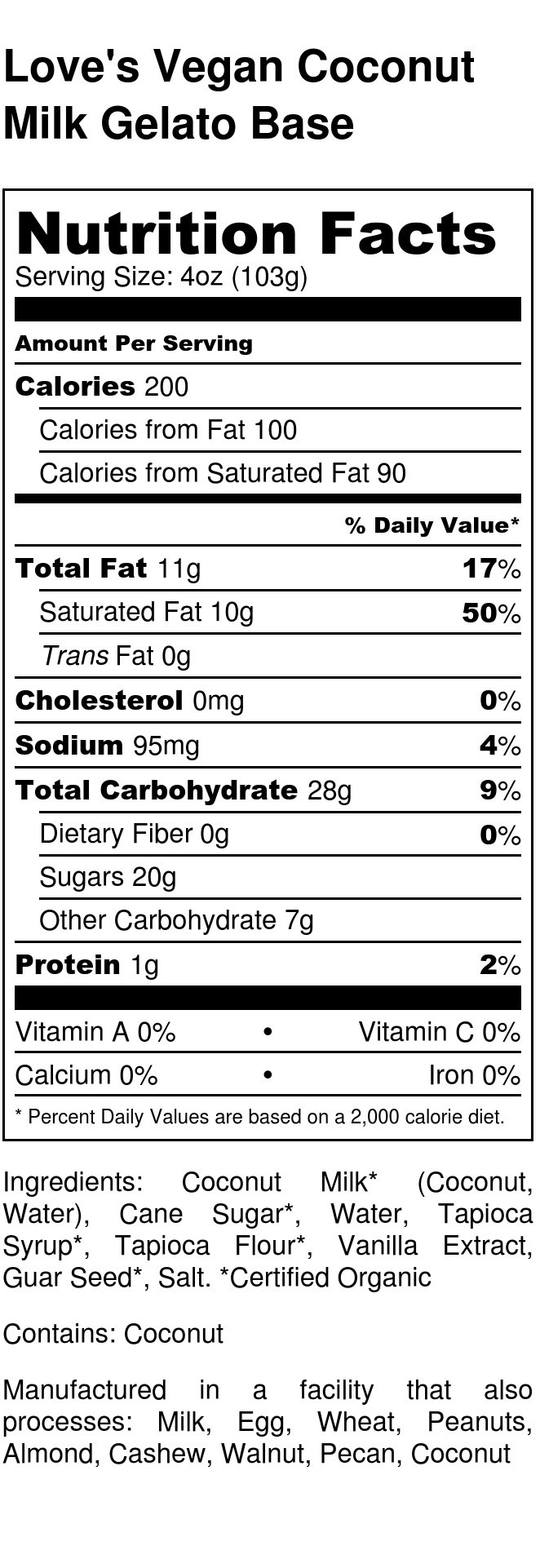
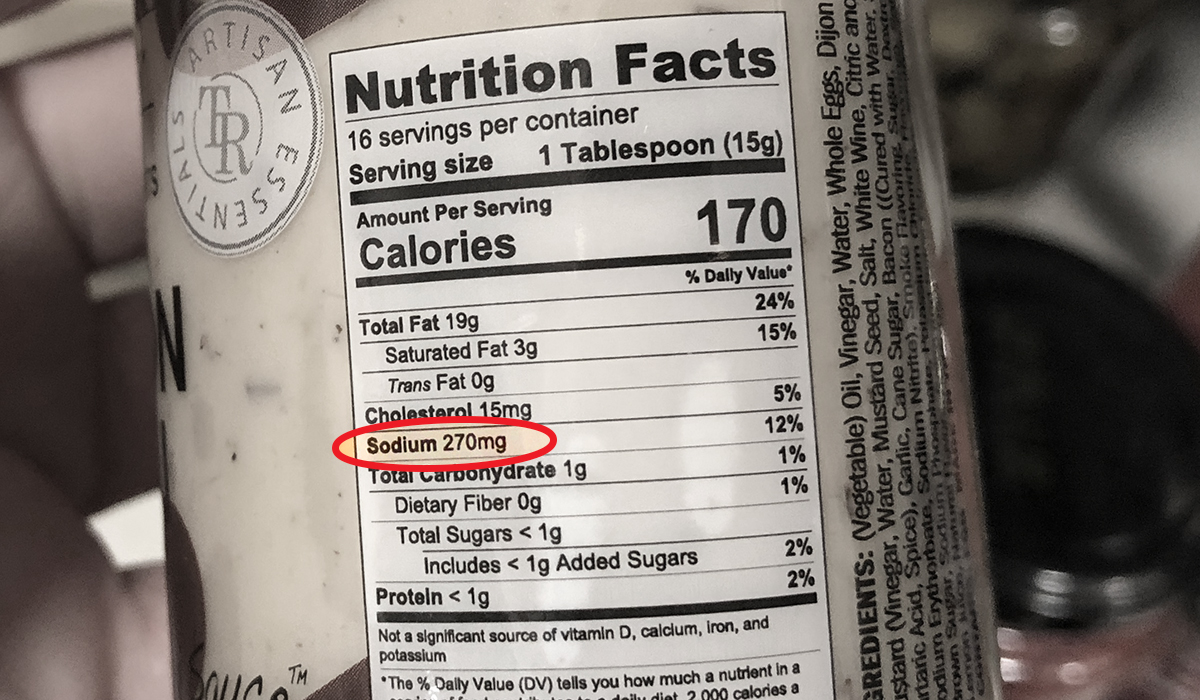
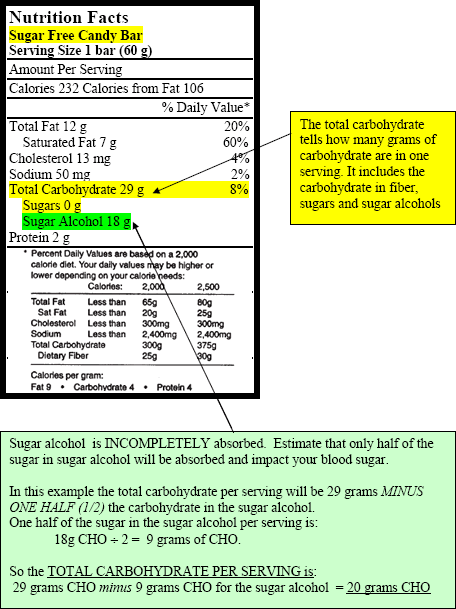

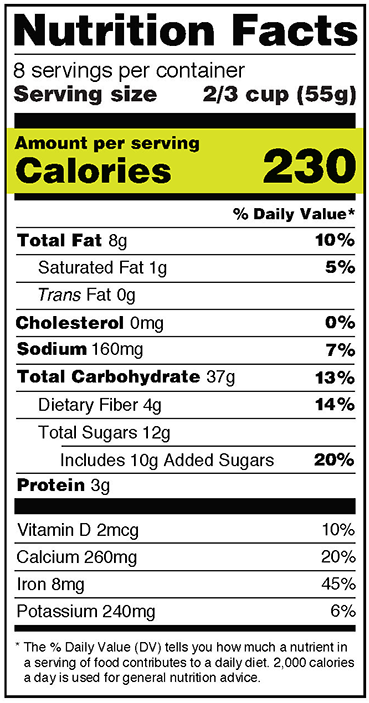
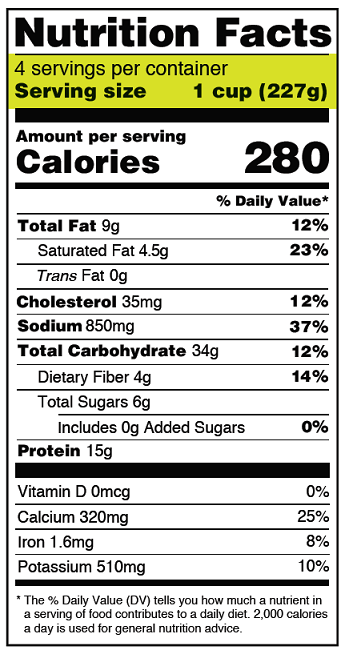
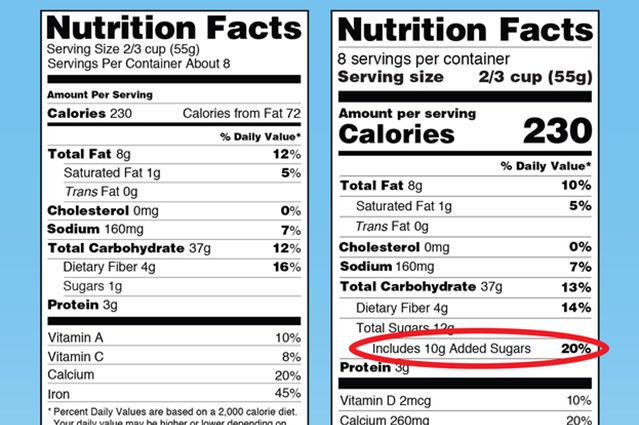
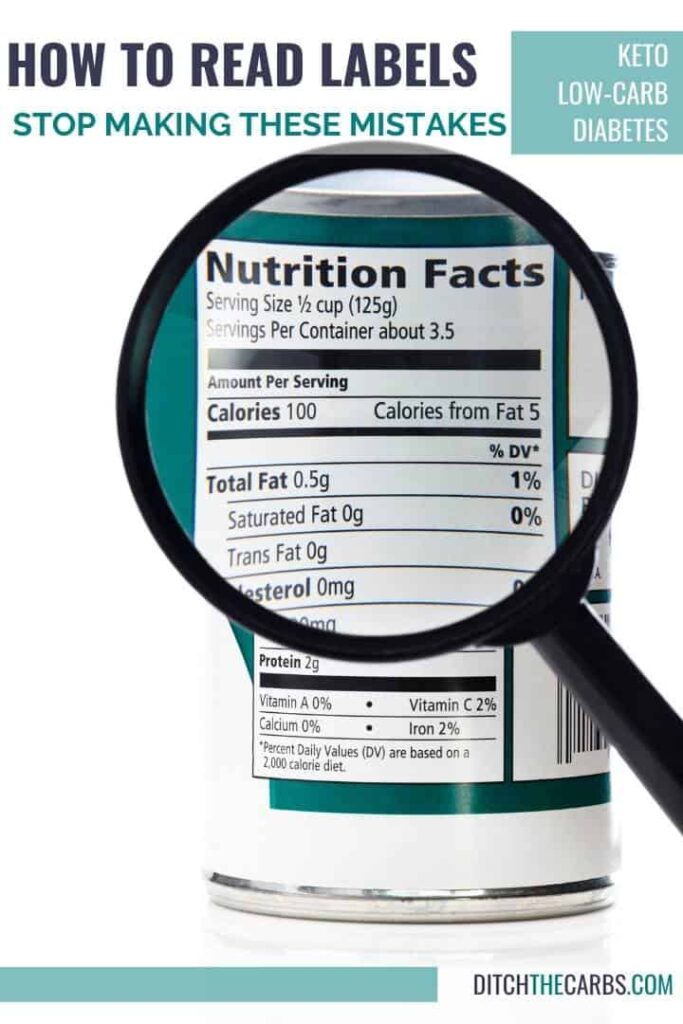
Post a Comment for "43 carbohydrates on nutrition labels"